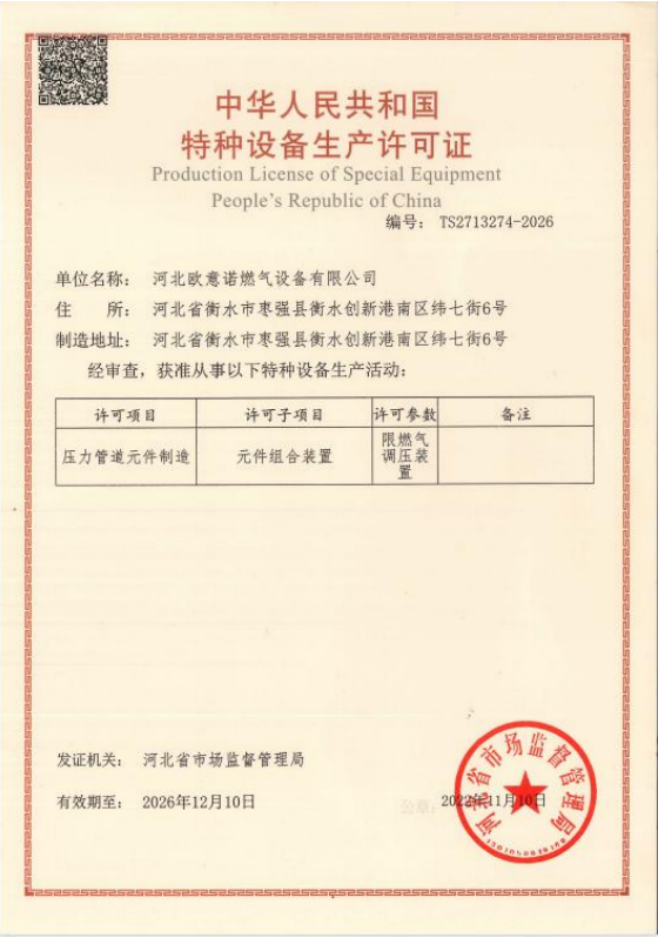
Oct . 05, 2024 18:19
Back to list
Understanding Pressure Regulation and Its Importance in Industrial Applications
Understanding Pressure Relief Valves An Essential Safety Component
In various industrial processes, managing and controlling pressure is crucial for safety and operational efficiency. One of the key components used in pressure regulation systems is the pressure relief valve, commonly referred to as a PRV. These valves play an essential role in preventing equipment failure and ensuring the safety of personnel and operations by relieving excess pressure when it exceeds predetermined levels.
.
The design of pressure relief valves can vary widely depending on their specific application. Typically, they are categorized into two main types spring-loaded and pilot-operated valves. Spring-loaded valves use a compression spring to hold the valve closed against the system pressure. When the pressure surpasses the spring's preset level, the valve opens, allowing fluid to flow out. In contrast, pilot-operated valves utilize a smaller pilot valve that controls a larger main valve, providing more precise control and the ability to handle larger flow rates.
مخفض الضغط

Selecting the right pressure relief valve requires careful consideration of several factors. These include the type of fluid, the expected pressure range, temperature conditions, and flow requirements. Moreover, the valve's material must be compatible with the fluid to prevent corrosion and ensure longevity. Proper installation and maintenance are equally critical to ensure optimal performance. Regular inspections and testing can help identify any wear or operational issues before they develop into more significant problems.
Regulatory standards and guidelines govern the use of pressure relief valves to ensure safety across various industries. Organizations, such as the American Society of Mechanical Engineers (ASME), provide regulations that dictate how these valves should be designed, installed, and maintained. Adhering to these standards not only ensures compliance but also enhances the overall safety of operations.
In recent years, advances in technology have led to the development of smart pressure relief valves equipped with sensors and actuators. These modern valves can provide real-time monitoring and alerts, allowing for quicker responses to changing pressure conditions. Integrating such technology into existing systems can greatly enhance safety and operational efficiency.
In conclusion, pressure relief valves are indispensable components in industrial and manufacturing processes, ensuring safe operation by managing excess pressure. Their design, selection, and maintenance are critical for effective performance and regulatory compliance. With advancements in technology, the future of pressure relief systems looks promising, potentially offering even greater safety measures for operations worldwide. However, it remains essential that industries continually prioritize the integrity and functionality of these valves to safeguard both personnel and equipment.
Next:
Latest news
-
Safety Valve Spring-Loaded Design Overpressure ProtectionNewsJul.25,2025
-
Precision Voltage Regulator AC5 Accuracy Grade PerformanceNewsJul.25,2025
-
Natural Gas Pressure Regulating Skid Industrial Pipeline ApplicationsNewsJul.25,2025
-
Natural Gas Filter Stainless Steel Mesh Element DesignNewsJul.25,2025
-
Gas Pressure Regulator Valve Direct-Acting Spring-Loaded DesignNewsJul.25,2025
-
Decompression Equipment Multi-Stage Heat Exchange System DesignNewsJul.25,2025

